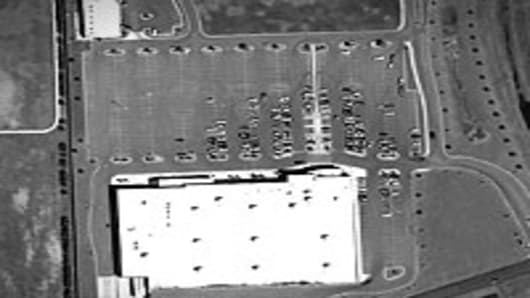Using infrared and microwave images of the entire planet taken twice a day, Lanworth can distinguish between each type of agricultural commodity—corn, soybeans, wheat and on and on—and discover the total number of acres of each planted overall. Infrared images capture the chlorophyll in the plants, and microwave images pick up the degree of moisture in the crops.
By monitoring the health of those acres over time, Lanworth’s analysts can spot any changes that can affect supply and demand in the commodities markets: diseases, floods, fires and other agricultural calamities.
Each June, the USDA issues a report detailing the planted area in corn, soybeans and wheat. In the commodities markets, those are hotly anticipated numbers, and they can cause futures prices to surge or decline by 30 to 50 cents or more.
Lanworth’s specialty is front-running those government reports so that its hedge fund and commodities clients have a reliable basis to predict what the government is going to reveal.
Less Corn=Higher Prices
For example, this year, the government revealed that there was much less corn in storage than it had thought—meaning supply was lower than expected, and prices should rise to make up for the lack of supply.
But Kouchoukos said that Lanworth’s satellite images had shown months earlier that the 2009 corn crop was smaller than most market analysts thought. “Our clients have been very well- prepared for the USDA release and the market moves that followed,” he says.




